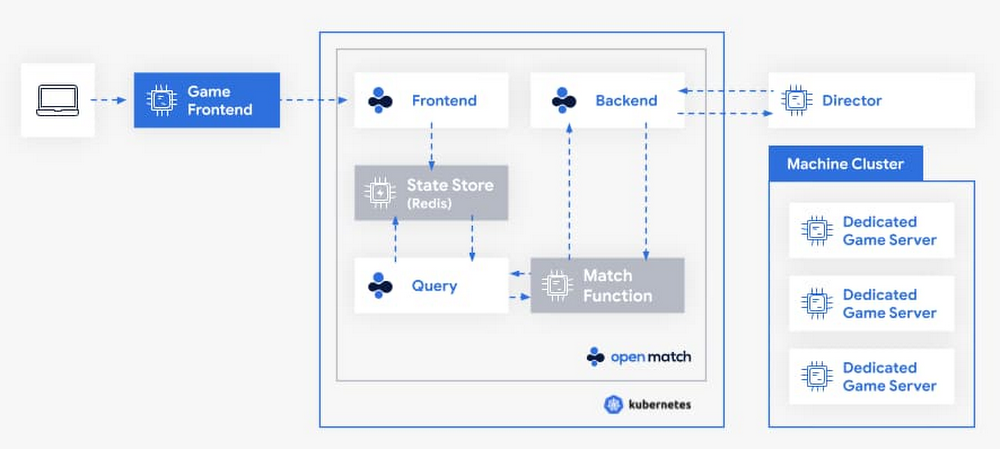As interest in multiplayer games continues to grow, providing better and faster matches has been a key need for game developers. But matchmaking—the art of matching a set of players together to maximize their enjoyment of the game—is not easy. Each game is unique. That forces game developers to either create new matchmaking solutions from scratch, or to rely on off-the-shelf matchmakers that don’t always fit their game’s needs. In either scenario, game developers also have to dedicate time and effort to scale underlying infrastructure to support peaks and valleys in player demand.Open Match, an open source project cofounded by Google Cloud and Unity, was created to help game developers solve this problem. Open Match is a matchmaking framework that handles time consuming infrastructure management for game developers, all while giving them control over their match logic. We’re pleased to announce that Open Match has hit 1.0, meaning it’s ready for deployment in production. Let’s dig a little deeper into how Open Match works. Life of a game match When a player wants to join a game, a ticket is created and stored in the Open Match database. A concept that we call a Director will call the backend service to request matches from Open Match. Open Match will call into a Match Function, which you provide, to turn tickets into matches.Click to enlargeGiving you control of your match logicGame design evolves quickly, and you don’t want your infrastructure to limit your creativity. From battle royals to asymmetric shooters and open world experiences, new ideas are plentiful. A matchmaker which makes assumptions about game size, what matches look like, or passed data types means less flexibility when creating new experiences.Match functions are implemented and deployed by you, outside of Open Match. The match function queries for relevant tickets and then returns matches. Open Match does not prescribe any algorithm for how players find matches; instead it’s your job to choose how matches are made. Forget matching on pre-defined player attributes, or using someone’s configuration language, use the tool you really want to use: code.Solving for scaleThe flexibility the match functions provide is great. However, you don’t always want to solve scale with every new title. This is where Open Match reduces your burden.Open Match’s database layer is designed with the high query and high turnover requirements of video game matchmaking. Additionally, Open Match handles concurrency of calling multiple match functions at the same time, while preventing the match functions from creating multiple matches with the same player. We’ve tested Open Match with more than a thousand match functions, thousands of new tickets per second, and millions of tickets looking for a match concurrently, so it’s ready for your biggest game.Working with your existing infrastructureYour game is the next big thing, but what about the next game? Just like matchmaking infrastructure, you don’t want to rebuild your entire game backend for every new release. Open Match is designed to work with a variety of usage patterns, so it can work with your existing infrastructure. Open Match helps build a boundary between what needs to be created each new game, and what can be reused next time.Getting Started with Open MatchLearn more about how game developers are using Open Match or visit the developer site to begin integrating simpler matchmaking into your next game at open-match.dev.
Quelle: Google Cloud Platform

Published by